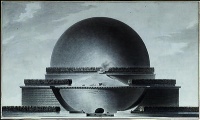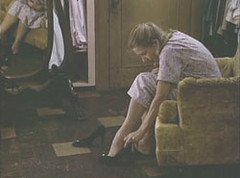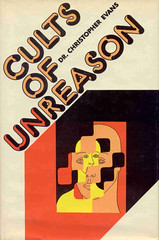I want to read Sinister Resonance: The Mediumship of the Listener.
”Sinister Resonance: The Mediumship of the Listener” (2010) by David Toop
[Amazon.com] [FR] [DE] [UK]
Back in 2007, I attended[1] a lecture by David Toop. The title was Ways of Hearing.
In 2010, this lecture crystallized as the book Sinister Resonance: The Mediumship of the Listener.
On the cover is a detail of «Soplones», nº 48 of Goya series Los Caprichos.
It is a book about listening, the way sound is portrayed in painting and other “silent arts”, about arts that involve sound, about the resonance of architecture, about auditory artefacts and about self-reflexivity.
Michaelangelo Matos called it “an exploration of sound in novels, poems, and paintings from before the era of sound reproduction.”
Threaded through the book is Marcel Duchamp’s observation “One can look at seeing but one can’t hear hearing” and his concept of the infrathin, those human experiences so fugitive that they exist only in the imaginative absences of perception.
David Toop is always interesting, he introduced me to the eavesdropper paintings by 17th century Dutch painter Nicolaes Maes and the concept of silence in painting.
A certain Guilherme Werneck has made a pinterest board consisting of a “visual guide” to Sinister Resonance.
Toop’s magnum opus is Ocean of Sound.
See also my current research on medium specificity.





![9/11 The falling man [pr0x] (new DL links!!)](http://i3.ytimg.com/vi/BXnA9FjvLSU/default.jpg)





